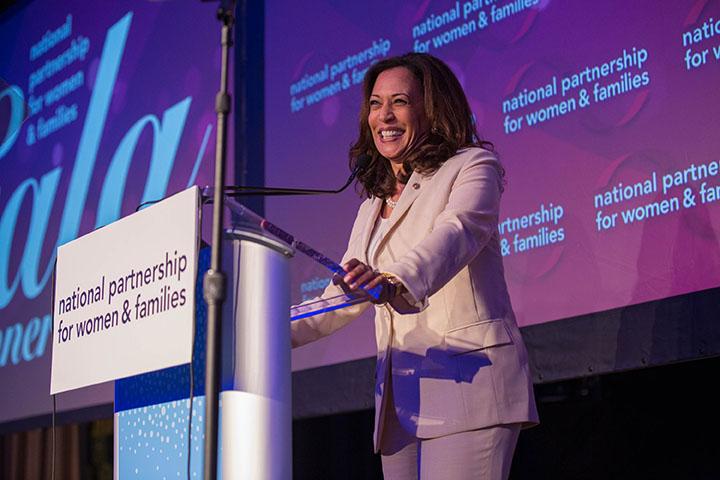“Black women’s Equal Pay Day this year is based on comparing all Black women workers to all white, non-Hispanic men workers. This is a change from earlier years when we focused on full-time, year-round workers only and that’s what is primarily driving the change in the date,” said Frye. “We and other groups working on equal pay made this shift, which is led by women-of-color-led organizations, in order to be more inclusive of all workers. For example, by shifting to include all workers, instead of limiting to full-time, year-round workers, we included 33 million more women workers in the wage gap calculation.”
News
Fighting against the odds of being born into homelessness – 7 KBZK
Sep 20, 2022 |
“Your nutrition, your environmental exposures, your stress, all these have huge ah effects on how the baby fares,” said Carol Sakala, who leads maternal health and maternity care programming at the National Partnership for Women & Families.
Pandemic Prompts More States to Mandate Paid Sick Leave – Pew Trusts
Sep 16, 2022 |
“We believe local governments know their populations better than the state does,” said Vasu Reddy, senior policy counsel for economic justice at the National Partnership for Women and Families, which advocates for paid sick leave. “They are worried if the cities show how popular these policies are, there won’t be an excuse for not passing them at a state level.”
America’s successful war on poverty – Axios
Sep 14, 2022 |
What they’re saying: The report is a “kids story but it’s also a women’s story,” said Kate Gallagher Robbins, a senior fellow at the National Partnership for Women & Families.
FMLA and Parental Leave in the US – Pregnancy & Newborn
Sep 6, 2022 |
Sharita Gruberg, vice president for economic justice at the National Partnership for Women and Families, the organization that originally drafted the FMLA, explains, “[FMLA] guarantees eligible employees up to 12 weeks of unpaid leave per [12-month period] to care for a newborn or newly adopted child, recover from their own serious health conditions, including pregnancy, or care for a seriously ill family member.”
Why Offering Paid Leave Is Good for Your Business – business.com
Aug 31, 2022 |
The National Partnership for Women and Families estimates that presenteeism costs the United States more than $1.1 billion annually in preventable emergency room visits among workers without paid sick days. This can be avoided or reduced by incorporating paid sick leave policies in company budgets.
Nearly one-third of low-income Asian women now live in states with limited abortion access – NBC News
Aug 30, 2022 |
According to new data from the National Partnership for Women & Families and an NBC News analysis, 31% of lower-income Asian women of reproductive age live in states that have banned or are set to ban abortions. With reproductive care becoming harder to access each day, experts say the most vulnerable groups will be the most crippled — and face the starkest consequences.
Abortion misinformation surges in Latino communities – Axios
Aug 30, 2022 |
Sinsi Hernández-Cancio, vice president for health justice at the nonpartisan nonprofit National Partnership for Women & Families, noted that Latinos often distrust medical institutions due to histories of maltreatment, like forced sterilizations.
Abortion Access Shrinks With New Restrictions In Effect In 4 More States – Kaiser Health News
Aug 26, 2022 |
States that have enacted abortion restrictions or bans also have “systemic” barriers in place that impede “the health and economic security of pregnant and birthing people and their families,” according to a new report from the nonpartisan and nonprofit National Partnership for Women & Families first shared with Axios. (Chen, 8/25)
New Report Finds States Likely to Ban Abortion Also Lack Health Care Access and Workplace Protections
Aug 25, 2022 |
Threats On All Fronts: The Links Between the Lack of Abortion Access, Health Care and Workplace Equity
Categories

